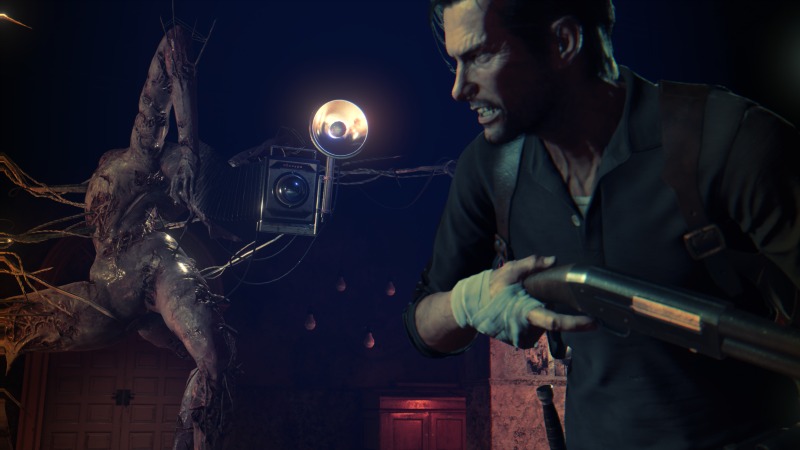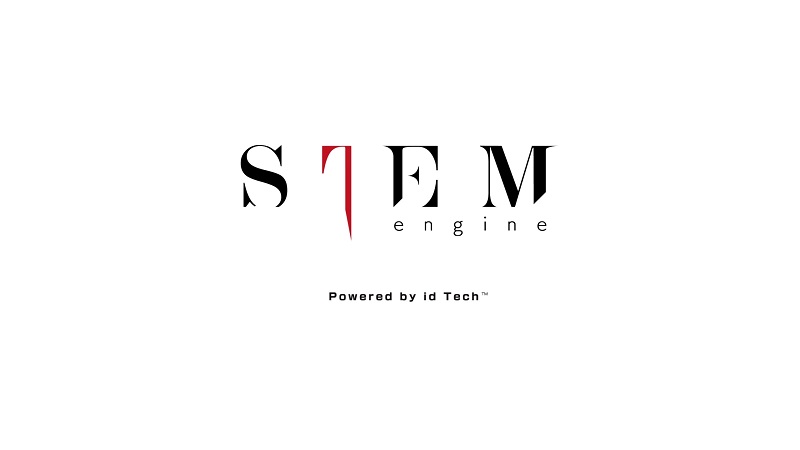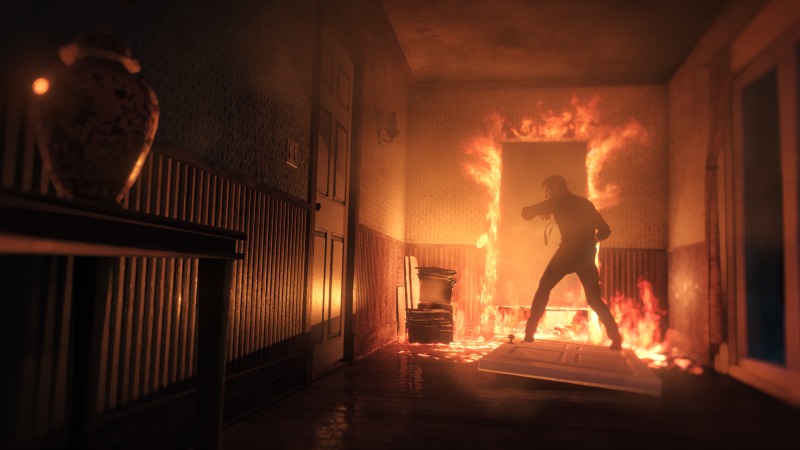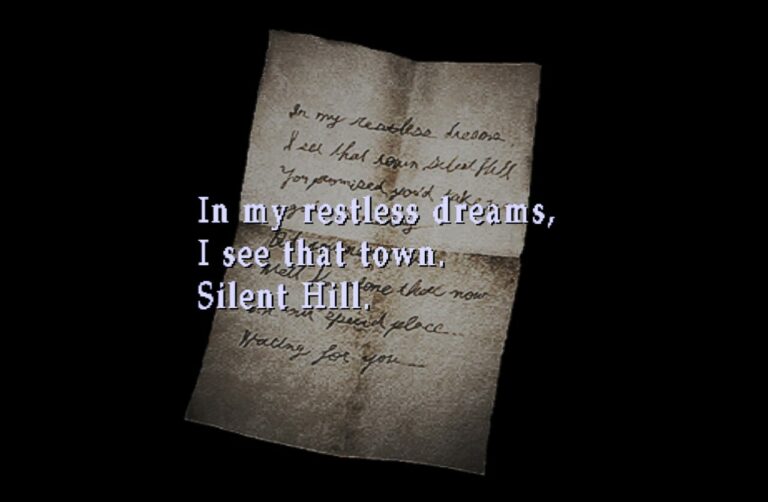
The Evil Within 2 is finally here, and it has managed to build fantastically on the first game in many ways. Two of the most recognizable changes in the sequel has been a shift in The Evil Within 2‘s art direction and the new STEM engine, each of which have been integral in defining the game as a fresh, transformative experience. In a recent Q&A, we had a chance to confer with The Evil Within 2‘s director John Johanas on how the art team has approached the new engine, and some differences between the first game and its sequel. We also talked a bit about cat symbolism, so there’s that to look forward to as well.
Q: The Evil Within 2 has a slightly different look to it from the first game, and not just from the increased color palette. Has the art team changed at all?
A majority of the art team is composed of the same team from the original game. The original game had a heavy European influence, but this time the art team decided on a more American visual esthetic [sic] based off the story and setting. Since the setting of the game, Union, was supposed to be a recreation of a town the team worked to create a dynamic between realistic environments and more stylized environments based on where you are in the game.

Q: What has creating a new engine (STEM Engine) allowed the art team to do with the game that they couldn’t accomplish (or had a harder time doing) in the first game?
For one, it enabled us to work with a much better lighting. It’s more customizable in what we are able to do so we can jump between realism and extremes. In addition there are a number of new shaders for models and visual effects which let the art team make the environments and characters look much better than in the previous title. Our work with streaming the environments enabled us to also create long gameplay sequences that we don’t have to interrupt gameplay with loading screens.
Q: Is Naoki Katakai (Resident Evil Remake, The Evil Within) still on the art team?
Naoki Katakai worked again on the art for this game as well especially on the visuals of the town of Union.
(Writer’s Note: While Naomi Katakai is a returning member of The Evil Within‘s art team, Ikumi Nakamura departed the project before the sequel’s development. Nakamura was the art lead on 2014’s The Evil Within.)
Q: Are there any particular films or artists that have influenced the design of the games environments
or landscapes?
Some of the works of Stephen King influenced aspects of the town of Union. But some of the more abstract elements of the world were influenced by works such as the movie The Cell.
Q: We would like to know a little bit more about the cat, and how it factors into the overall story. What is it drawing from?
The cat….The cat… well the cat made its first appearance in the DLC for The Evil Within; The Assignment and The Consequence. The cat isn’t there for the story, but more about the setting. It’s something within this world that’s tied to Kidman, and since in The Evil Within 2 it appears near a slide projector where you can communicate with Kidman about Sebastian’s past, there is definitely some meaning to that. But then again, there is also just something comforting about being in this horrific world and then coming back to some quiet where a cat is just waiting for you. From this point, I’ll leave it up to your interpretation.
For more reading on The Evil Within 2, you can read our review right here. For any other horror needs, be sure to stay tuned to Rely on Horror.





